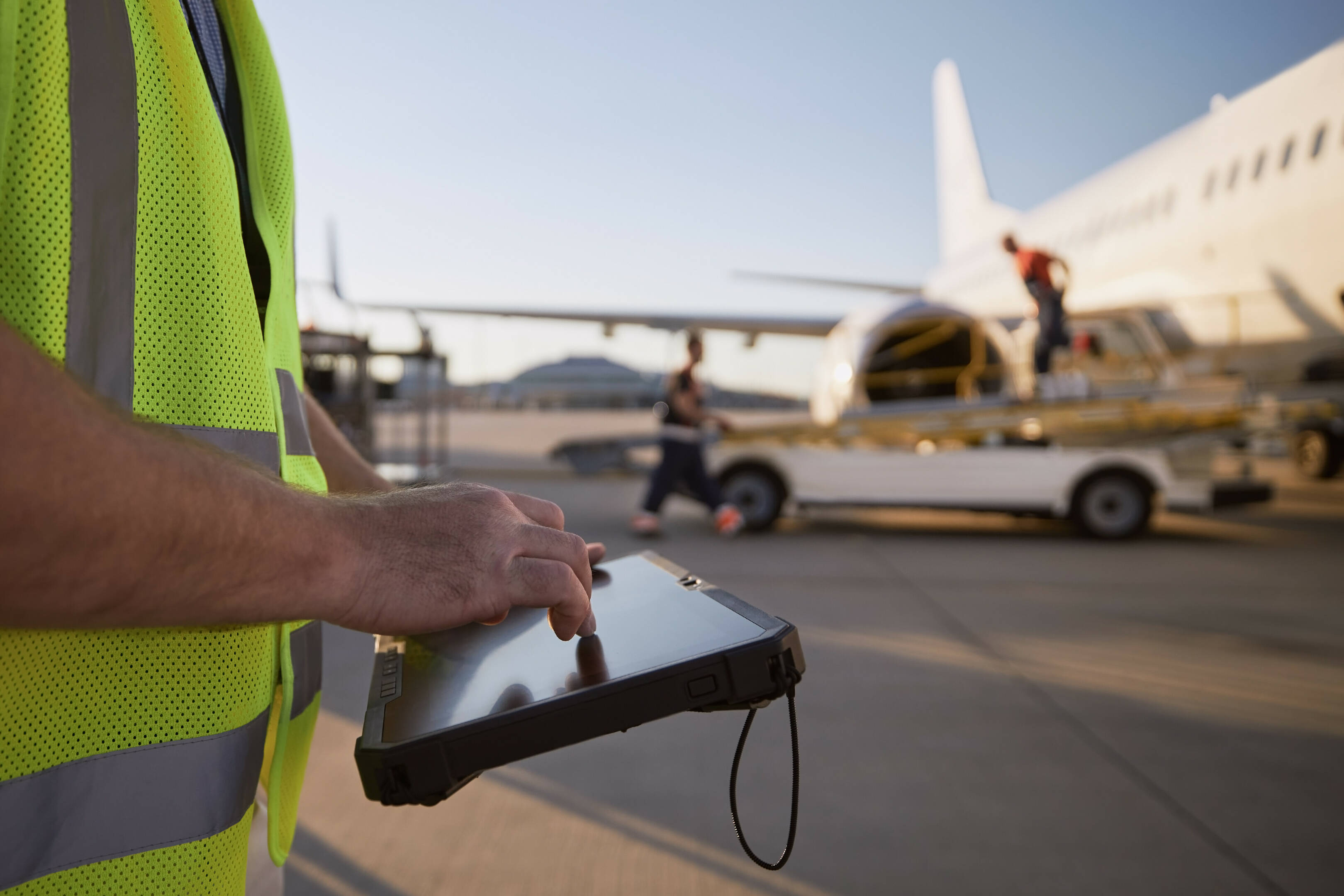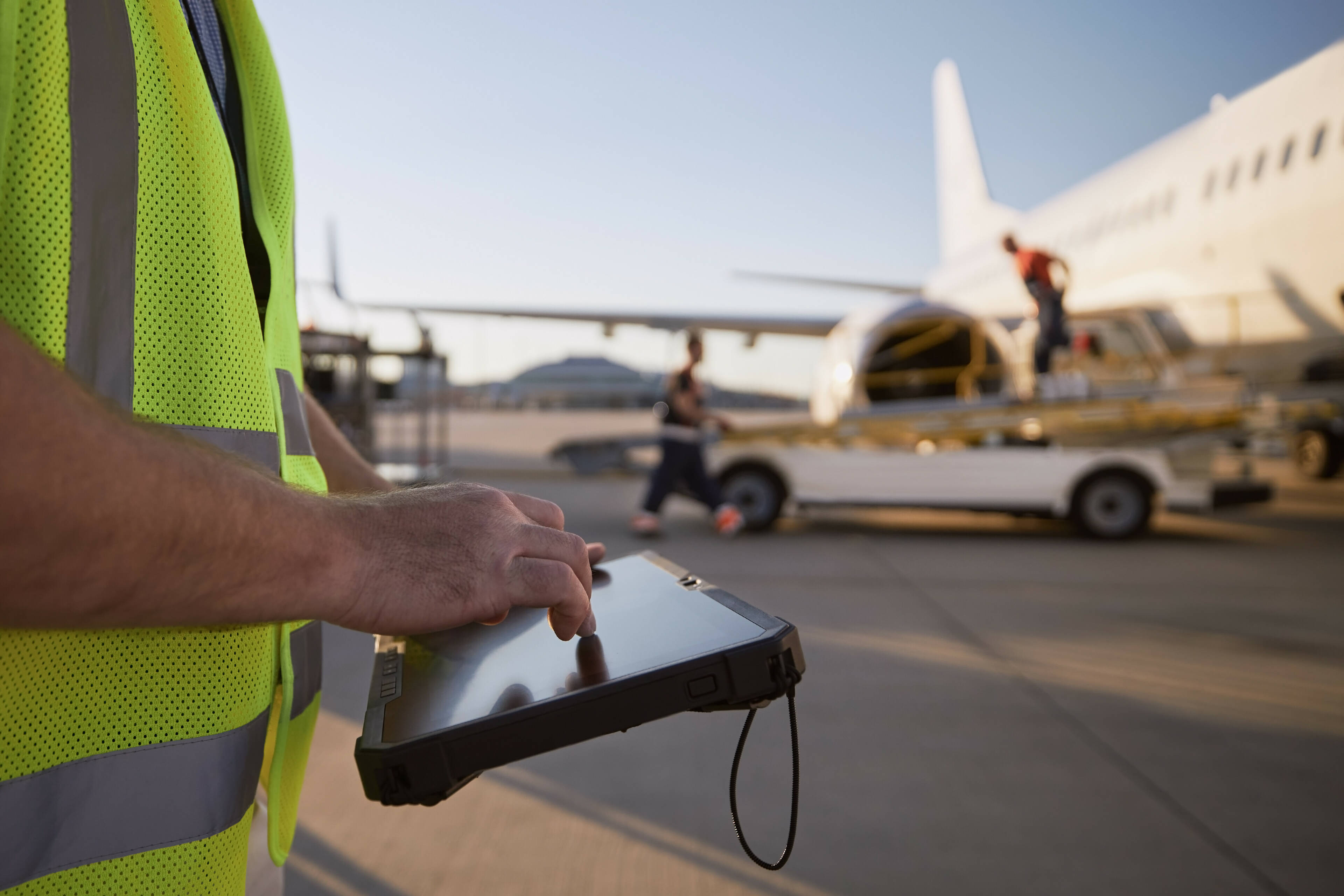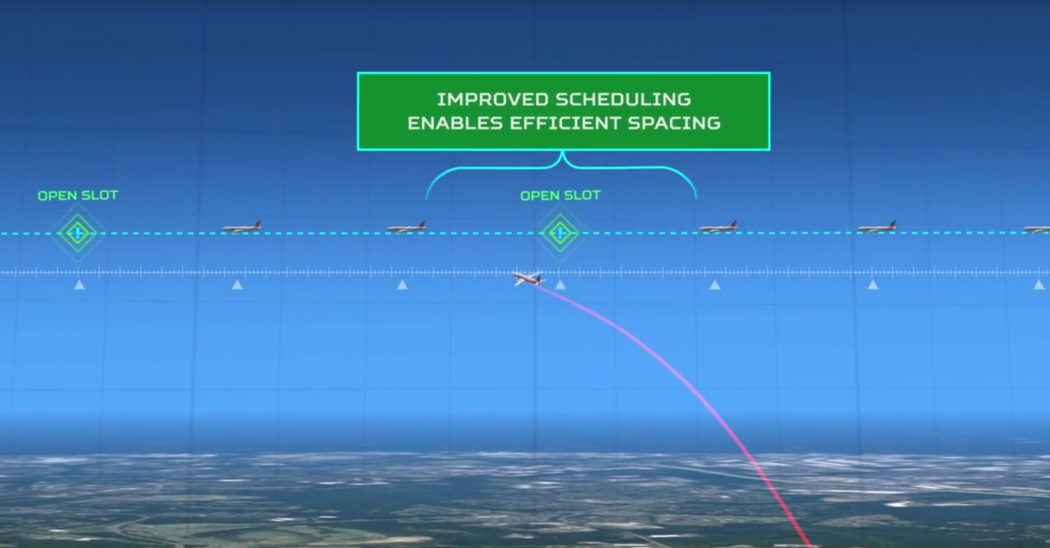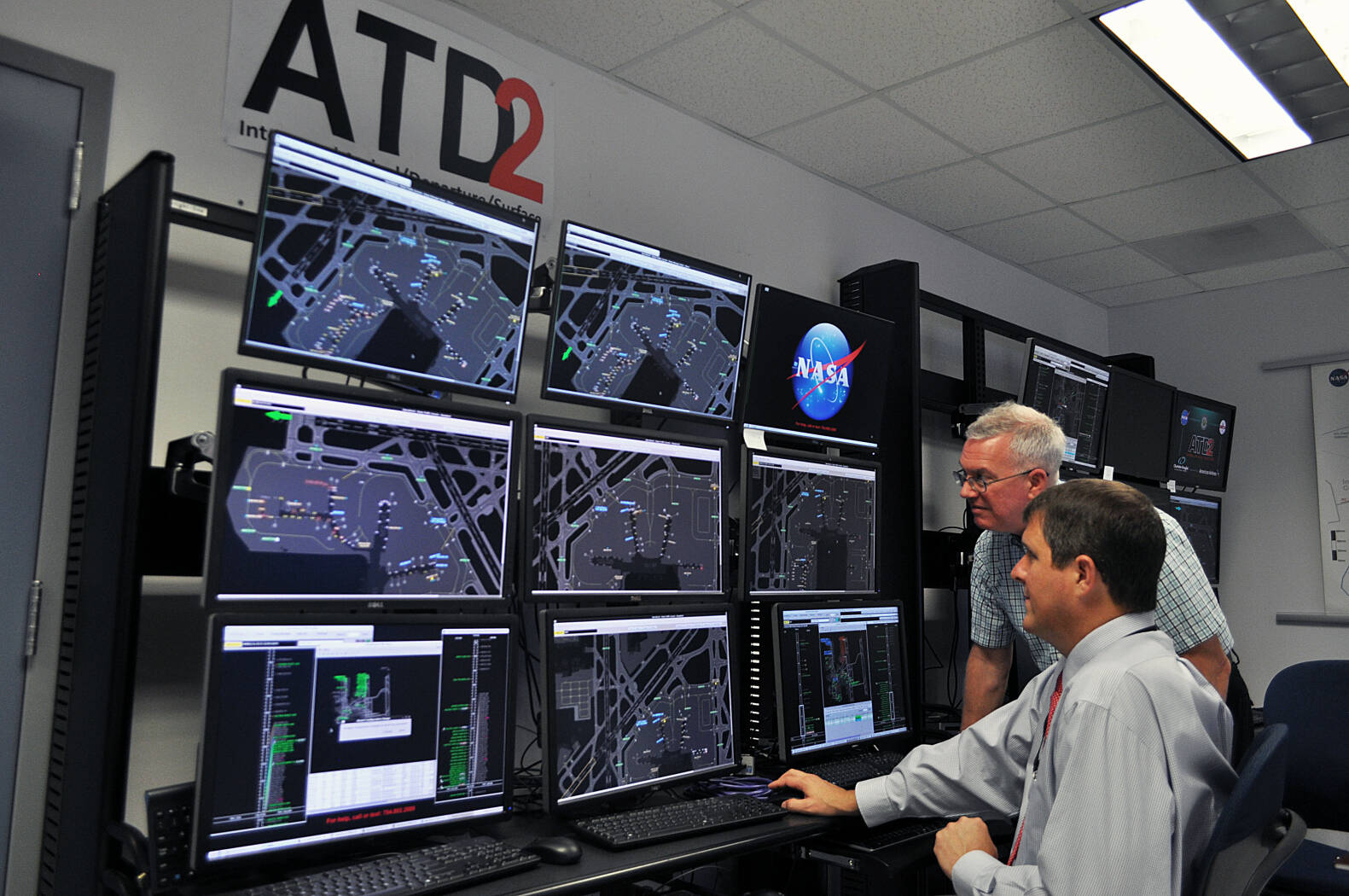Maverick Sustainability Award winner, NASA Ames Research Center, has demonstrated the importance of integrating surface information for efficient air traffic operations.

Airspace Article




ATD-2 saved more than 1.1 million gallons of fuel and 11,600 tons of CO2 – equivalent to planting about 172,000 trees.
With partners from the Federal Aviation Administration (FAA), commercial airlines, and the air traffic controllers’ union, the ATD-2 project was able to show how IADS can drastically cut down delays and reduce emissions.
The headline figures prove the worth of the project. During the four-year demonstration at Charlotte-Douglas International Airport (CLT) in 2021, ATD-2 saved more than 1.1 million gallons of fuel and 11,600 tons of CO2 – equivalent to planting about 172,000 trees. Overall, passengers were spared 933 hours in flight delays and saved an estimated almost $4.5 million in value. Airlines also saved an estimated nearly $1.4 million in flight crew costs.
When IADS is extended to include multiple airports, the savings will be even greater. One of the key takeaways from the ATD-2 project is that ground traffic congestion at the airport can’t be solved in isolation. Traffic operating in the surrounding airspace must be taken into consideration.
In fact, the ATD-2 extended IADS tools to improve the efficiency of surface operations at neighbouring airports, as all departing flights within a region compete for limited airspace. NASA’s terminal scheduler tool assessed airspace demand and capacity and provided recommendations for efficient rerouting of flights.
Key takeaways

Airspace Article
NASA Ames Research Center won CANSO’s 2022 Maverick Sustainability Award for its Airspace Technology Demonstration 2 (ATD-2) project that aims to eradicate these ground inefficiencies.
ATD-2 was a four-year project designed to improve the predictability and efficiency of surface and departure operations through Integrated Arrival/Departure/Surface (IADS) technologies.
IADS combines the systems for arrivals, departures and surface traffic and so manages all phases of flight for an aircraft. It is presented to operators in different facilities through apps to give them a shared understanding of the airport traffic situation. Everyone involved can see the different factors in play and the desired timings to achieve the end goal.
In the ATD-2 project, the data was used to create a virtual queue for departures and avoid having aircraft leave the gate to form a physical queue. Wait time was therefore spent at the gate with the engines off and the door open rather than on the taxiway burning fuel and producing emissions. Aircraft ultimately took off at an optimal time to take their place in the overall traffic stream.
In short, the ATD-2 project demonstrated a means for more efficient and sustainable operations.
Improving predictability
There are numerous inefficiencies in aviation’s ground operations and queues of aircraft lining up on taxiways to await their slot on the runway have become commonplace.
A huge amount of information is involved in moving aircraft around an airport, including arrival and departure traffic, surface traffic and weather to name but a few. All this information must be exchanged between the various stakeholders, each of which adjusts its scheduling in light of the data, transforming the entire picture for everybody else.
The result is a complex environment that harbours inefficiencies and creates unnecessary congestion and delays. Air Traffic Management (ATM) tries to alleviate queues by building in a buffer time, but this only adds to the inefficiency of the system. In turn, it means aircraft are unnecessarily burning fuel and emitting carbon.

Maverick Sustainability Award winner, NASA Ames Research Center, has demonstrated the importance of integrating surface information for efficient air traffic operations.
Read full article

Airspace Article


With partners from the Federal Aviation Administration (FAA), commercial airlines, and the air traffic controllers’ union, the ATD-2 project was able to show how IADS can drastically cut down delays and reduce emissions.
The headline figures prove the worth of the project. During the four-year demonstration at Charlotte-Douglas International Airport (CLT) in 2021, ATD-2 saved more than 1.1 million gallons of fuel and 11,600 tons of CO2 – equivalent to planting about 172,000 trees. Overall, passengers were spared 933 hours in flight delays and saved an estimated almost $4.5 million in value. Airlines also saved an estimated nearly $1.4 million in flight crew costs.
When IADS is extended to include multiple airports, the savings will be even greater. One of the key takeaways from the ATD-2 project is that ground traffic congestion at the airport can’t be solved in isolation. Traffic operating in the surrounding airspace must be taken into consideration.
In fact, the ATD-2 extended IADS tools to improve the efficiency of surface operations at neighbouring airports, as all departing flights within a region compete for limited airspace. NASA’s terminal scheduler tool assessed airspace demand and capacity and provided recommendations for efficient rerouting of flights.
Key takeaways
There are numerous inefficiencies in aviation’s ground operations and queues of aircraft lining up on taxiways to await their slot on the runway have become commonplace.
A huge amount of information is involved in moving aircraft around an airport, including arrival and departure traffic, surface traffic and weather to name but a few. All this information must be exchanged between the various stakeholders, each of which adjusts its scheduling in light of the data, transforming the entire picture for everybody else.
The result is a complex environment that harbours inefficiencies and creates unnecessary congestion and delays. Air Traffic Management (ATM) tries to alleviate queues by building in a buffer time, but this only adds to the inefficiency of the system. In turn, it means aircraft are unnecessarily burning fuel and emitting carbon.
NASA Ames Research Center won CANSO’s 2022 Maverick Sustainability Award for its Airspace Technology Demonstration 2 (ATD-2) project that aims to eradicate these ground inefficiencies.
ATD-2 was a four-year project designed to improve the predictability and efficiency of surface and departure operations through Integrated Arrival/Departure/Surface (IADS) technologies.
IADS combines the systems for arrivals, departures and surface traffic and so manages all phases of flight for an aircraft. It is presented to operators in different facilities through apps to give them a shared understanding of the airport traffic situation. Everyone involved can see the different factors in play and the desired timings to achieve the end goal.
In the ATD-2 project, the data was used to create a virtual queue for departures and avoid having aircraft leave the gate to form a physical queue. Wait time was therefore spent at the gate with the engines off and the door open rather than on the taxiway burning fuel and producing emissions. Aircraft ultimately took off at an optimal time to take their place in the overall traffic stream.
In short, the ATD-2 project demonstrated a means for more efficient and sustainable operations.
Improving predictability

Airspace Article


